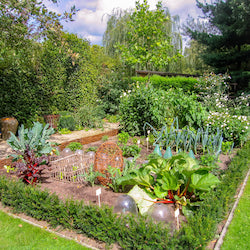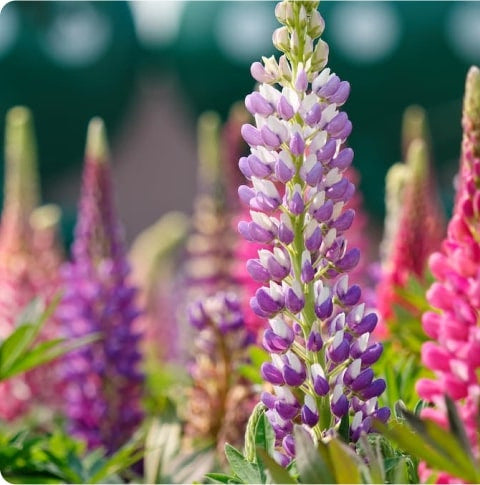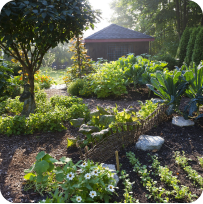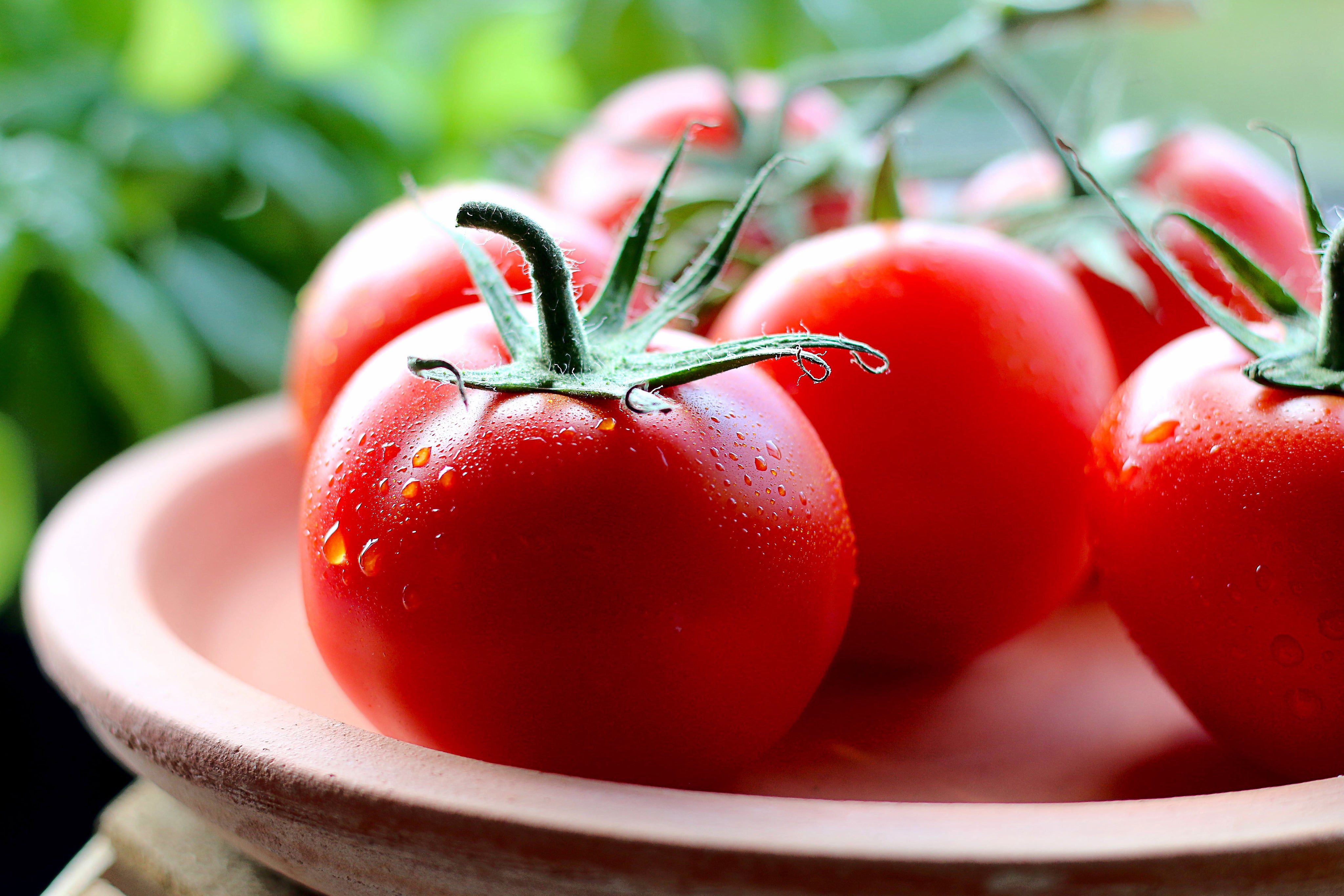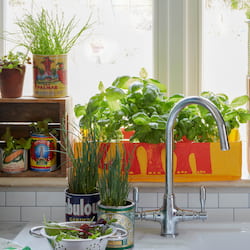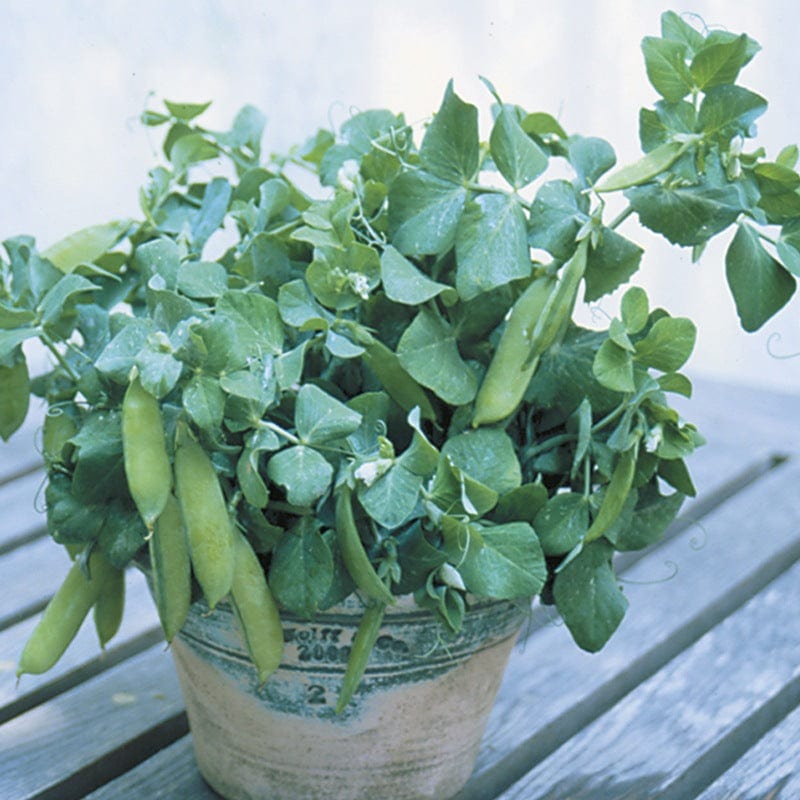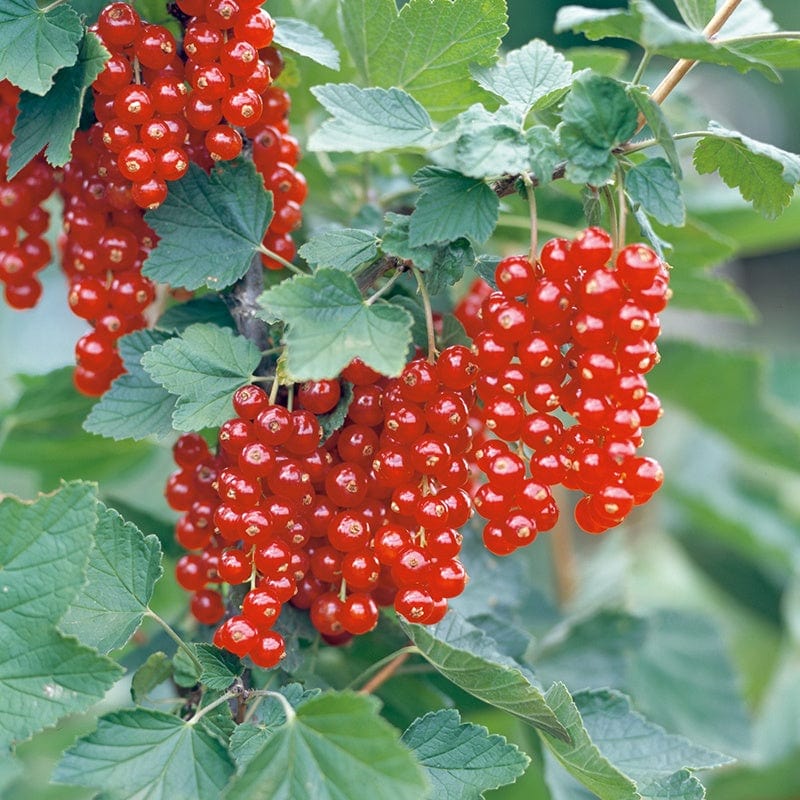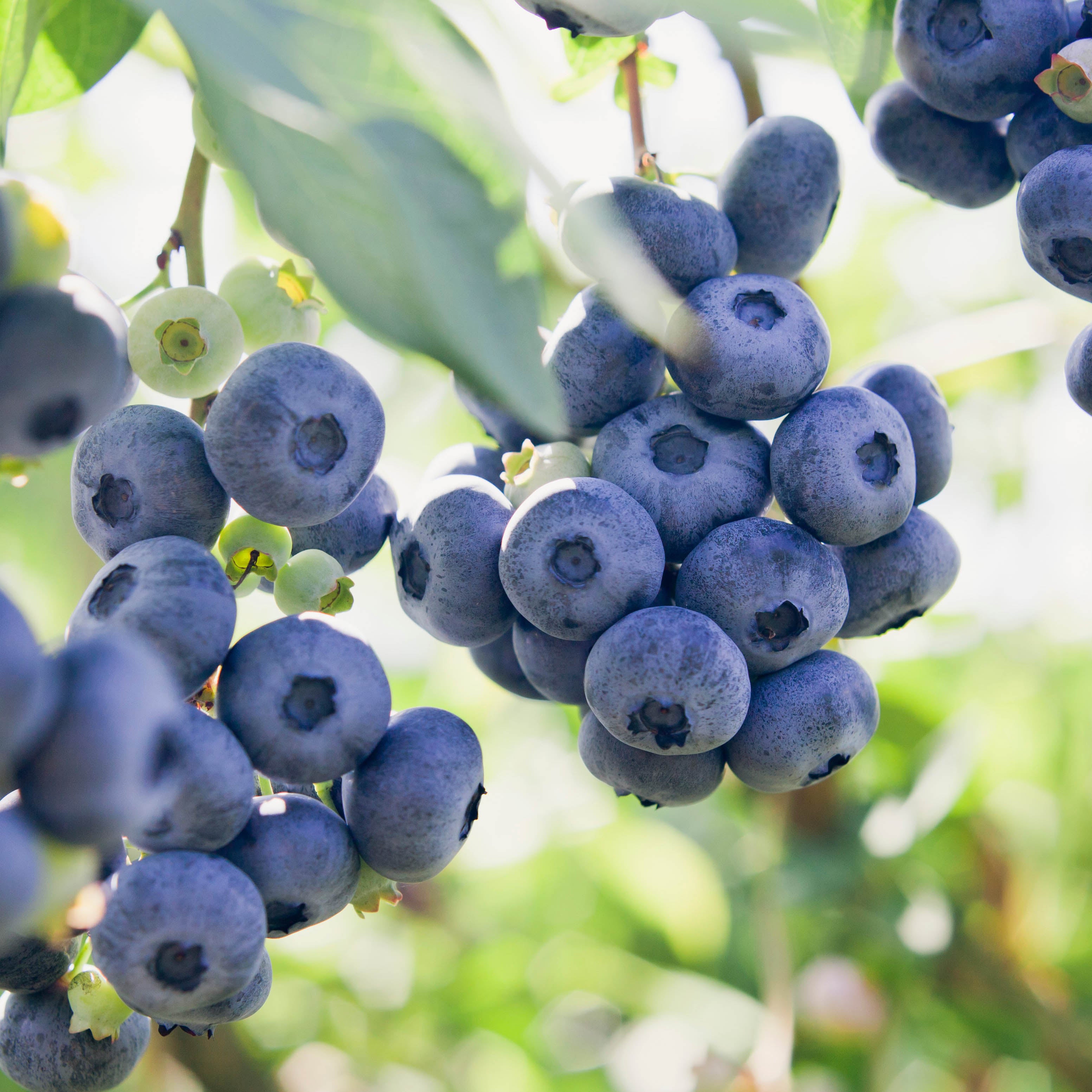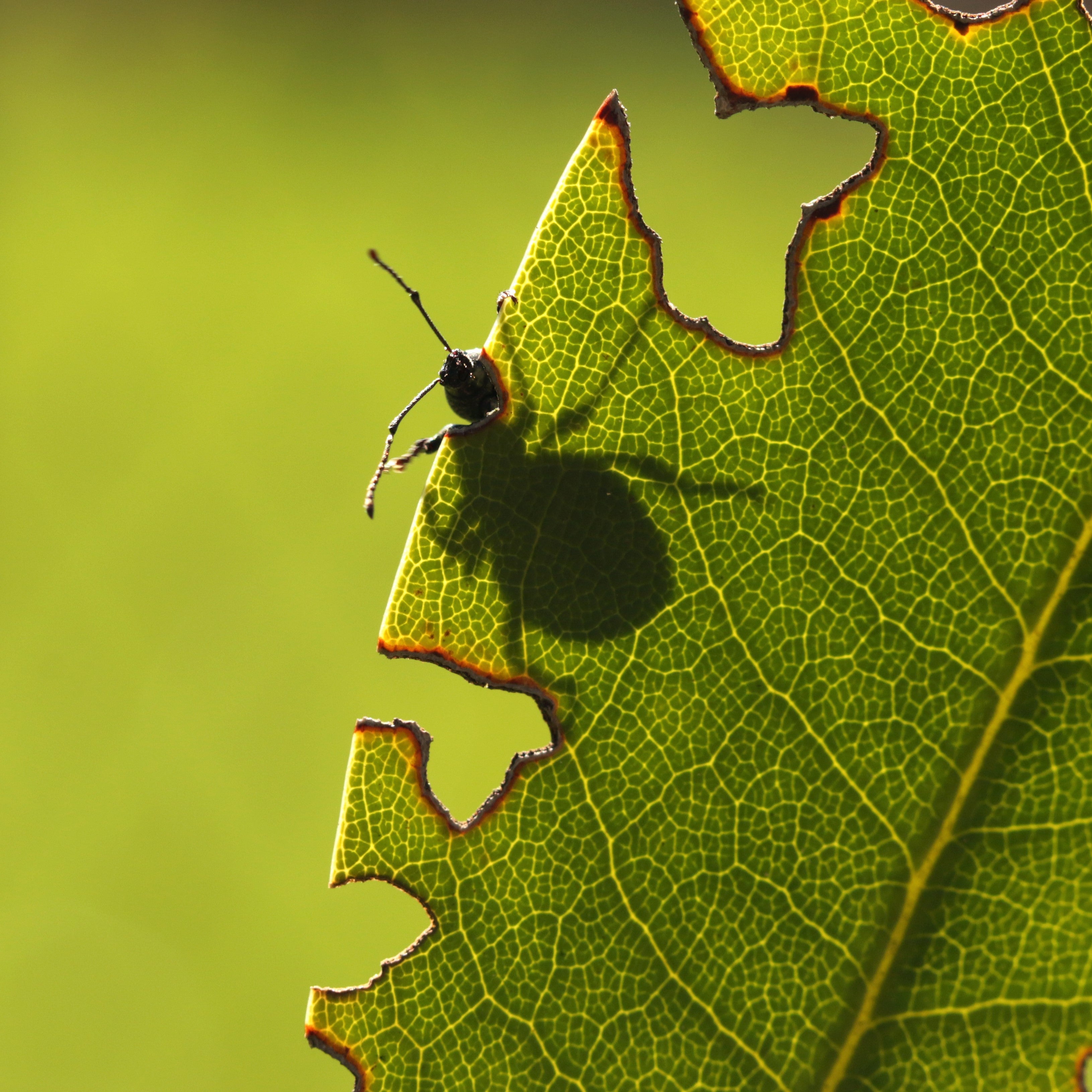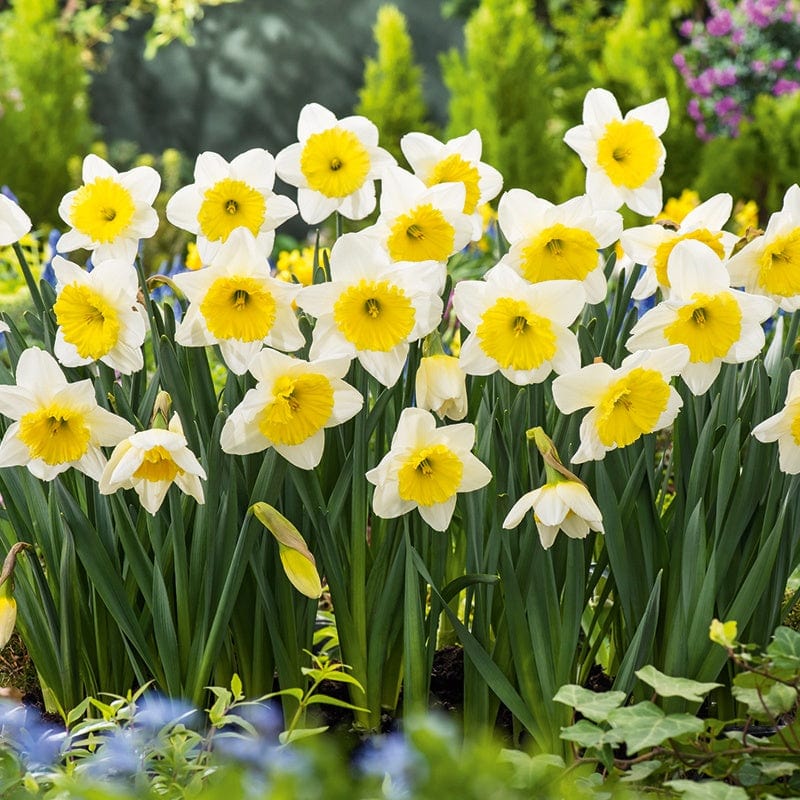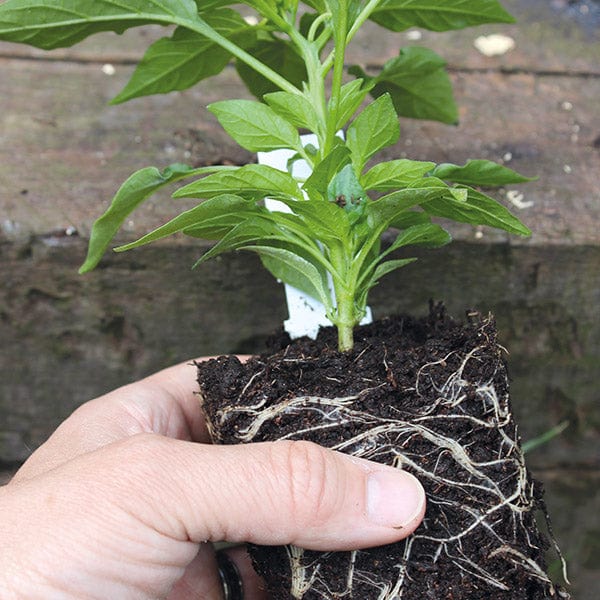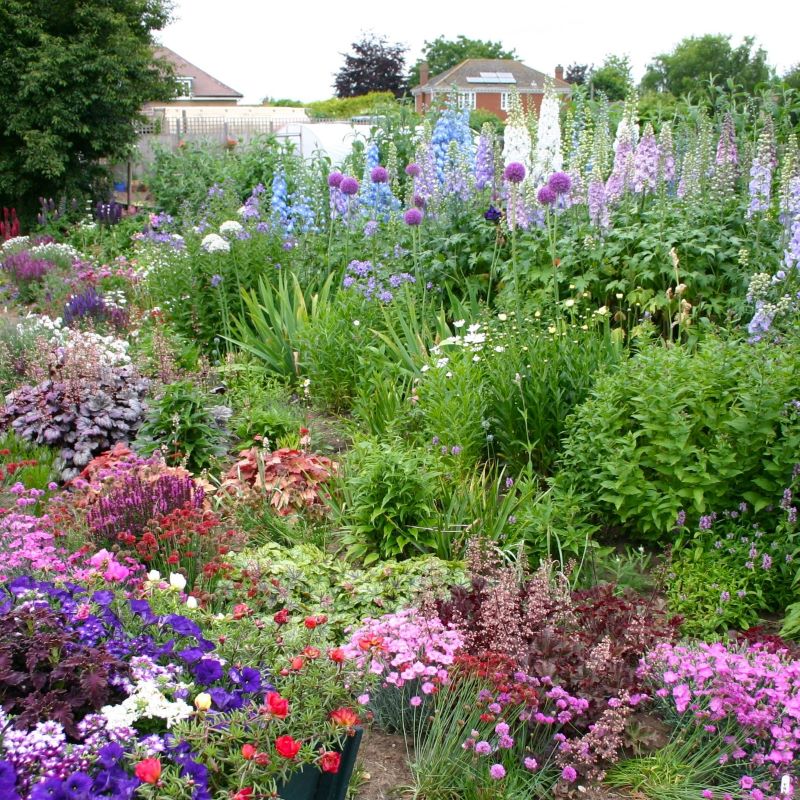Why do the 'Chelsea Chop'?
By cutting back herbaceous perennials with a ‘Chelsea Chop’ you can improve their shape and extend their flowering period. Each newly cut stem will develop side shoots, significantly increasing the plant’s total number of flowering stems. It will also create more compact, bushy and fuller plants with improved weather tolerance and less prone to flopping over under the weight of heavy flower heads.
Because the growth has been set back a bit, plants will flower slightly later, which makes it possible to extend their overall flowering period. ‘Chopping’ some plants and leaving others will extend the overall flowering period of the group as a whole. The ‘Chelsea Chop’ can also be done with large single plants. Cutting some stems and leaving others will make it bushier and extend the flowering period of the plant as a whole.

The best tools for the 'Chelsea Chop'.
Any pruning hand tool can be used, although some are better suited than others and a high quality Darlac tool will last a lifetime and always do the best job possible.

Compact snips or secateurs

Perennial, Compact, or Topiary Shears

Blades should always be wiped clean with a soapy rag when moving from one plant to the next. Should any plant have a disease, this will help to prevent the spread of it to others.
How to do the ‘Chelsea Chop’
Don’t be afraid to give it a go! If in doubt, prune just a few plants this year, or even half a plant just to judge the results. Simply remove around a third of the height of soft-stemmed (herbaceous) plants before they form flower buds.
For a group of plants, those at the front of the group can be ‘chopped’ to be more compact and flower later than the taller ‘un-chopped’ plants at the back of the group.
The ‘Chelsea Chop’ can also be done with large single plants by selectively pruning just some of their stems. Those cut stems will then produce side shoots and flower later, extending the flowering period of the plant as a whole.

Method 2. (Ideal for a single plant)

Selectively cut a third of the stems by half, a third of the stems by a third, and leave a third intact. Darlac Compact snips or secateurs are the best pruning tools for a precision ‘Chelsea Chop’.
Method 3. (Ideal for a large single plant or clump)

Expert tips for a great ‘Chelsea Chop.’
Avoid cutting any stems where flower buds have already formed. If they are removed it is likely that those stems will not form flower buds again in time for this season’s display. The closer a stem is to flowering when it is removed, the longer it will take to form buds again.
Take care if you ‘Chelsea Chop’ any perennials you’ve grown for their height, such as those at the back of the border. Do a trial run first, chopping back a small part, to see what the eventual height will be.
Finally, give your plants a thorough watering and a bit of fertiliser to finish off. This will give them a good boost to grow back quickly. Be sure to water the soil and not the newly cut stems.
Many herbaceous perennials can benefit from the ‘Chelsea Chop’ by having their flowering increased and the period extended by pruning during the growing season.
Common herbaceous garden perennials:

Agastache Campanula Chrysanthemum


and more…
Some taller perennials less likely to flop over after the ‘Chelsea Chop’ include:



and more…
Don’t forget, beneficial insects will gain from the ‘Chelsea Chop’ too!
Bees, butterflies, hoverflies and other beneficial pollinators and natural pest predators all benefit from the increase in available nectar and pollen that increased blooms and a longer flowering season will bring.


